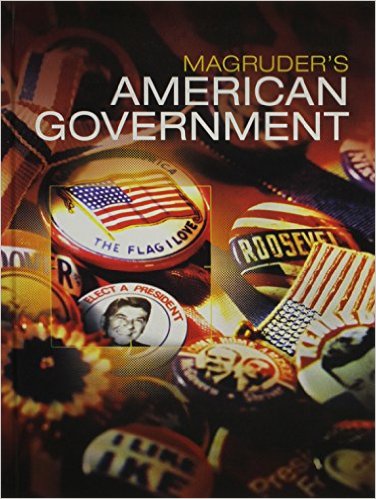
All Solutions
Page 636: Chapter Assessment
**Sales taxes** are taxes levied from the services and goods.
**Excise taxes** usually combine with sales taxes for a single purchase. They are mainly levied on activities, goods, and services, for example, cigarettes, alcohol, and gasoline.
**Property taxes** are property-based taxes – a tax on a car or real estate.
**Payroll taxes** are taxes levied on employers and employees. They represent social security taxes.
**Gift taxes** are taxes on received gifts and transactions. They are taxed if a gift price is higher than 14 thousand USD.
**Estate taxes** are taxes levied on everything that is estate-related; they contain inheritance taxation.
**1. Mandatory**
**2. Discretionary**
**3. Interest**
**1. Major health programs**
– **Medicare** (seniors and disabled people)
– **Medicaid** (low-income people)
– **Health insurance subsidies** (low-income, moderate-income people
– **Children’s Health Insurance Program** (low-income children, parents)
**2. Social security** (retired workers, workers with disabilities, as well as their spouses and children)
**3. Income security programs**
**4. Federal retirement programs** (federal civilian and military retirees)
**5. Programs for veterans** (pensions, income support and other benefits for those who served in the military)
**1. Defense** – more than half
**2. National security**
**3. Education**
**4. Transport**
**5. Scientific research**
**6. Food safety**
**7. Space programs**
**8. State aid in case of natural disasters**
**9. Environmental protection**
Of the 245.7 billion dollars federal outlay, 4.1% is earmarked for agriculture. This translates to about $10 billion dollars. The Health and Human Services budget was 25.48 billion dollars, or 10.4% of the 245.7 dollars of spending. The “All Others” category contains many offices that do vital work for Americans. The national priority on defense and entitlement programs is clearly demonstrated in the breakdown of federal spending.
**1. Capitalism**
**2. Socialism**
**1. Provides the legal and social framework of economic processes**
**2. Provides public goods and services**
**3. Redistributes income**
**4. Maintains competition**
**5. Stabilizes the economy**
**1. Economic growth**
**2. Price stability**
**3. Full employment**
**4. Reduction of national debt**
**5. Environmental protection**
**6. Reduction of market failures**

